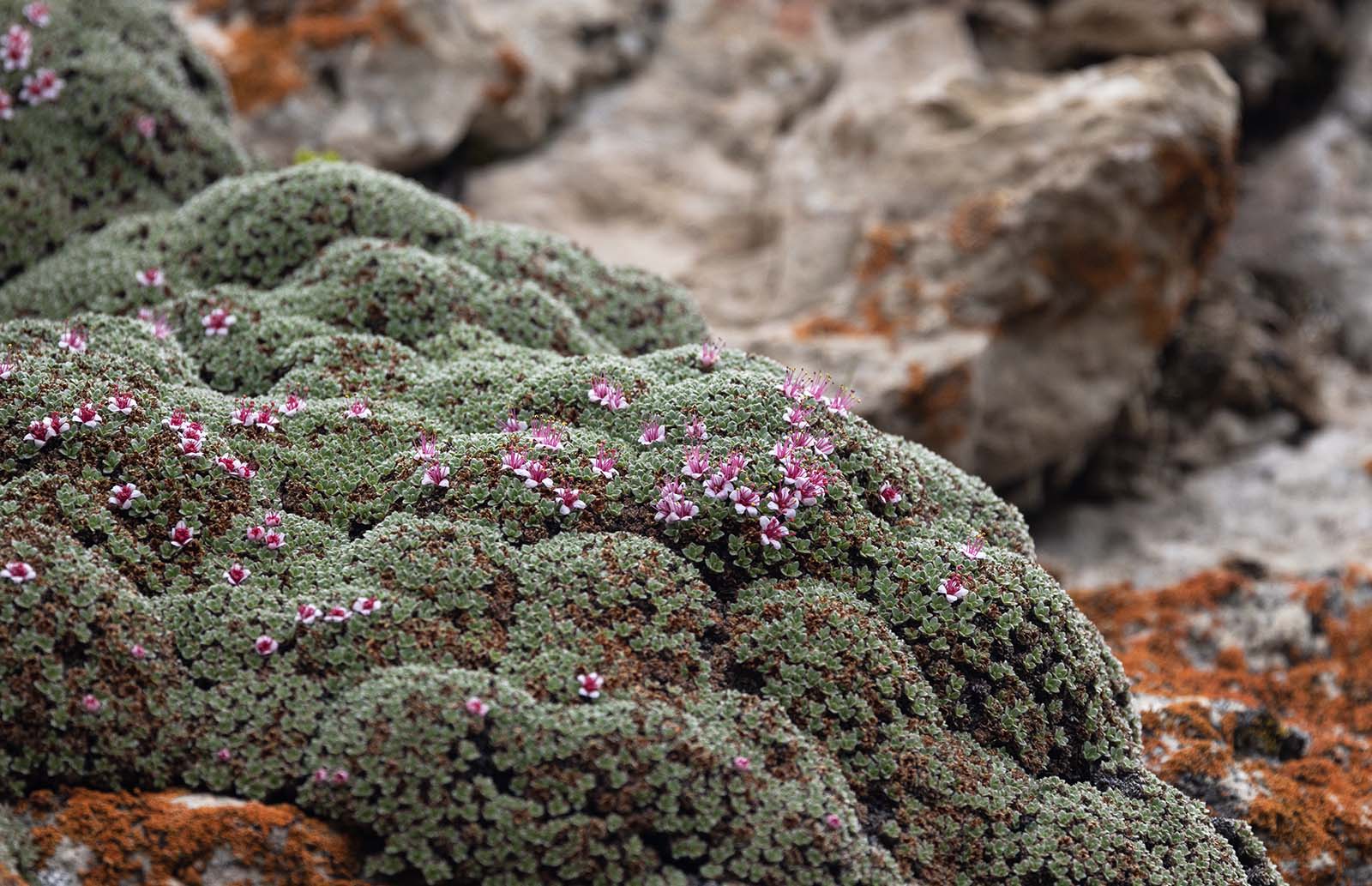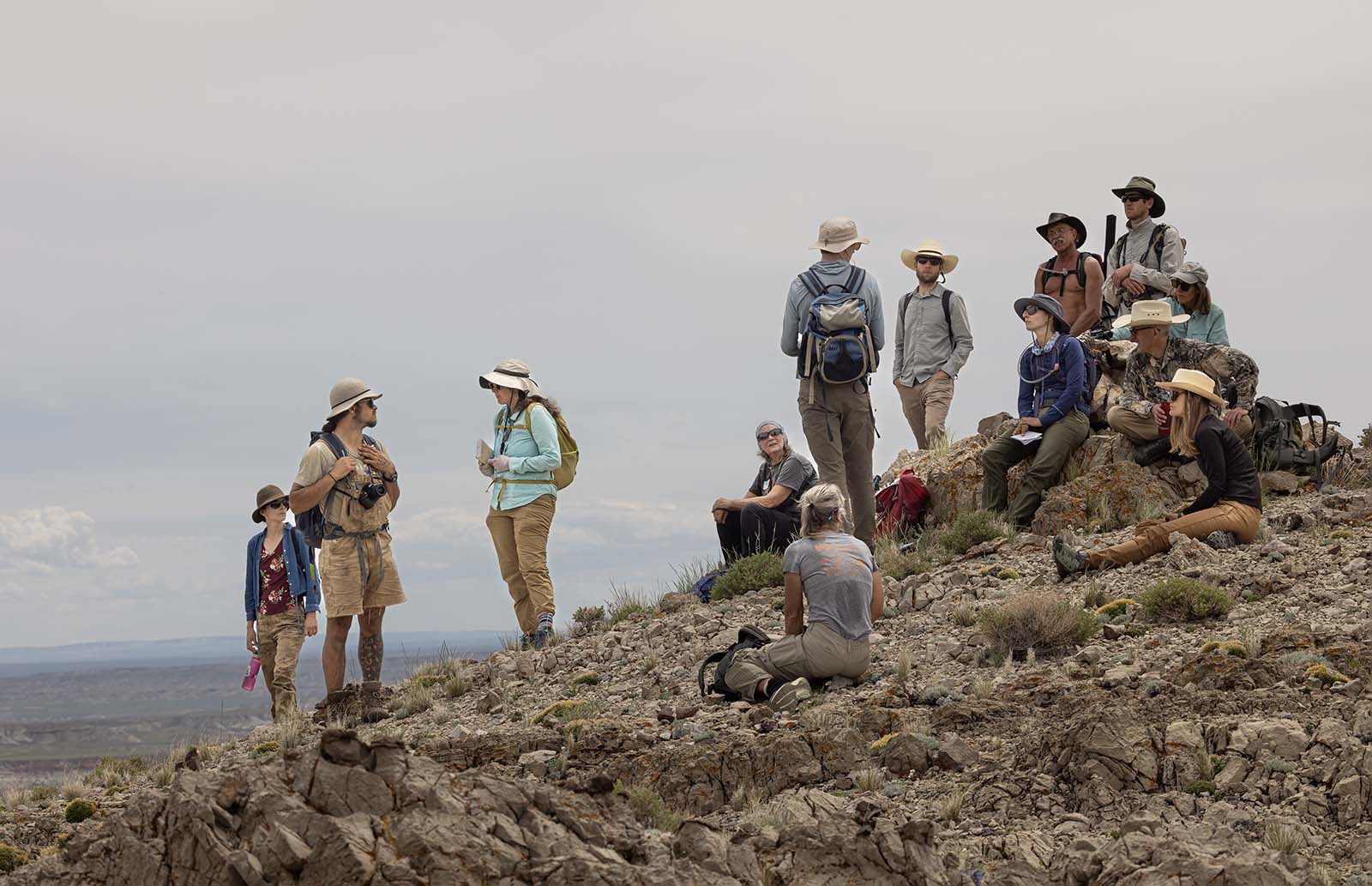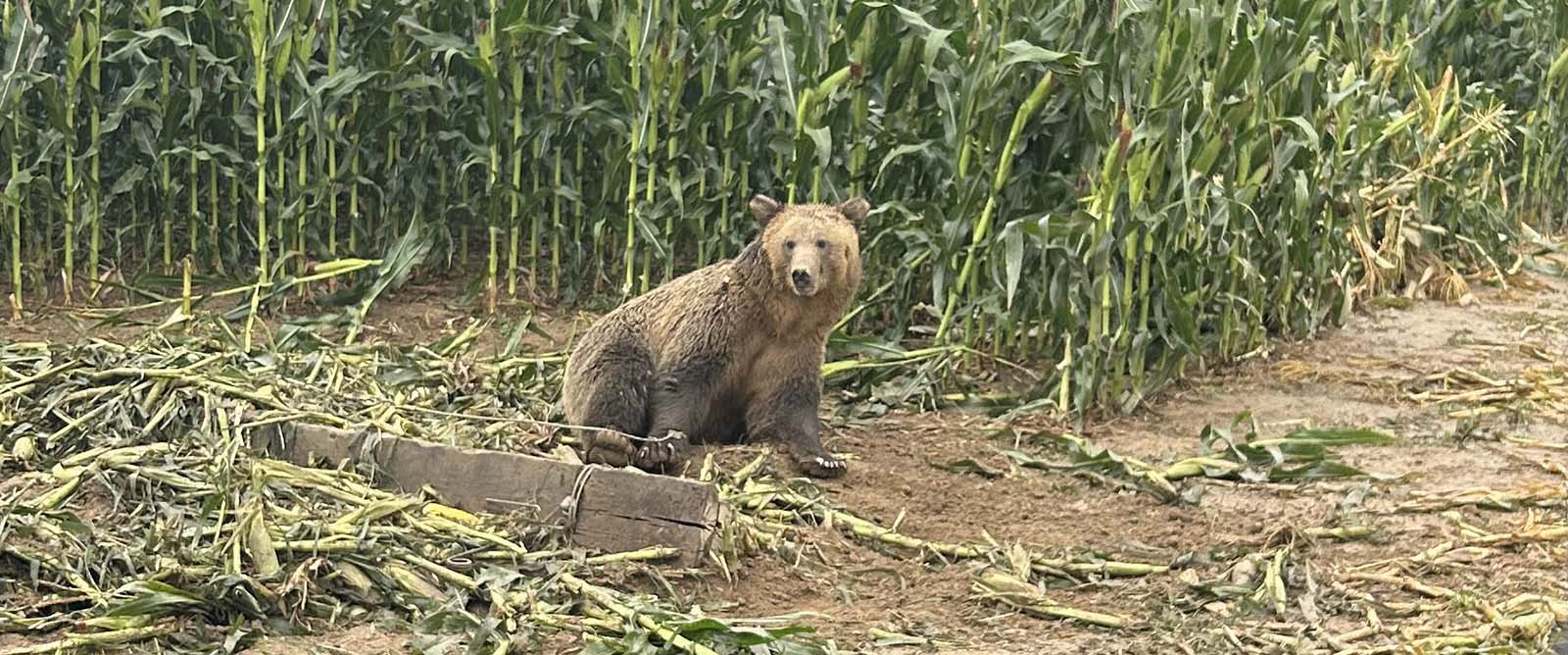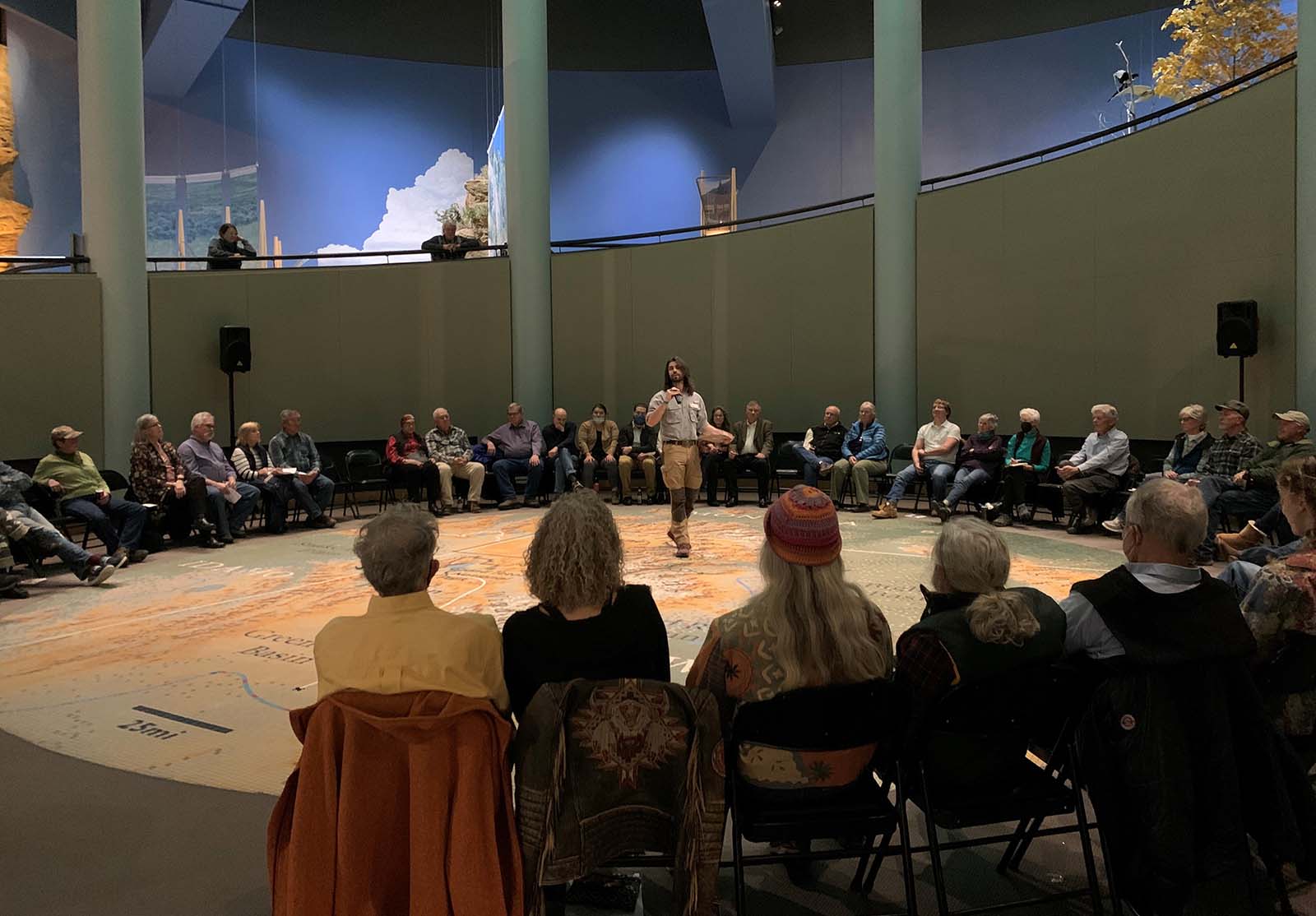
- This event has passed.
Wildflower Watch with the Wyoming Native Plant Society
June 18, 2023 @ 9:00 am - 12:00 pm MDT

“Wildflower Watch” is part of the Wyoming Native Plant Society’s Annual Meeting, taking place in Clark, Wyoming, June 16–18, 2023
Sunday, June 18
9 a.m. – Noon

The Wyoming Native Plant Society is holding their annual meeting in the neighboring community of Clark from June 16–18. As part of the event, participants have the opportunity to join Draper Natural History Museum staff and volunteers for a “Wildflower Watch” hike and project on Sunday, June 18. See all the details below!
The full, 3-day conference is open to the public for the low registration fee of just $15 and includes Wildflower Watch. For a look at the complete conference schedule and to register, visit the Wyoming Native Plant Society’s website at www.wynps.org/events.
Wildflower Watch
Difficulty: easy
Distance: 1.25 miles
Elevation change: minimal
Participants meet at the front door of the Buffalo Bill Center of the West in Cody, where they will be joined by employees and volunteers of the Center. The event starts with a description of the Wildflower Watch program, followed by a short hike on the Paul Stock Nature Trail, which since 1995 has been open for non-motorized public use and is intended to protect the bird and wildlife habitat of the area. This year, the Draper has joined the Wyoming network of phenology monitoring known as Wildflower Watch and participating in Nature’s Notebook to monitor seasonal changes of native and invasive plant species.
This hike offers participants the the opportunity to collect data for this important citizen science project.

After the hike, you’ll take a short tour of the Draper Natural History Museum Laboratory to see the beginnings of an herbarium that includes approximately 5,000 duplicate specimens from the Rocky Mountain Herbarium and the personal collection of Erwin Evert. Learn how and why natural history museums play a pivotal role in the preservation of biodiversity through maintaining a collection of educational and research specimens.









